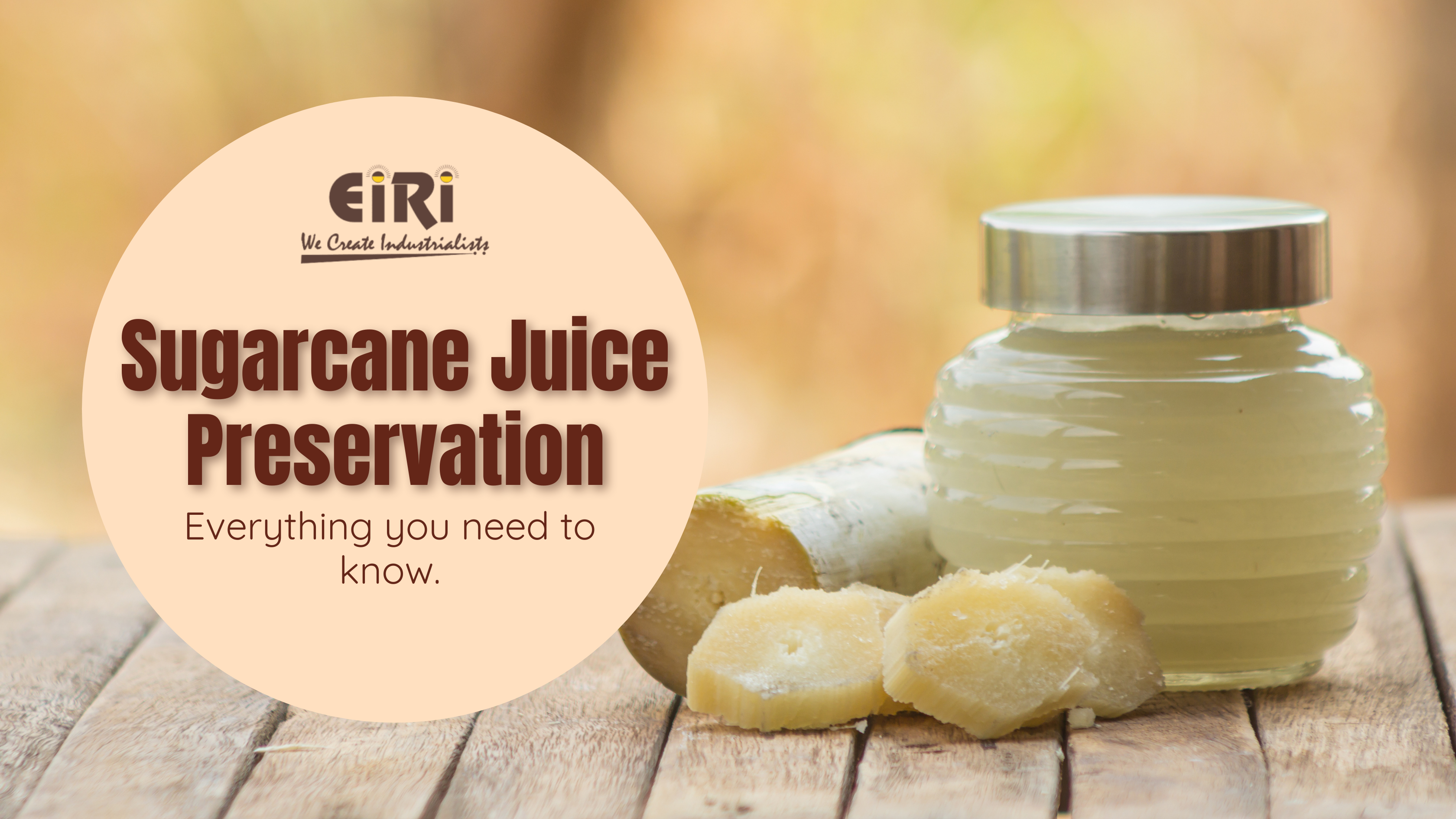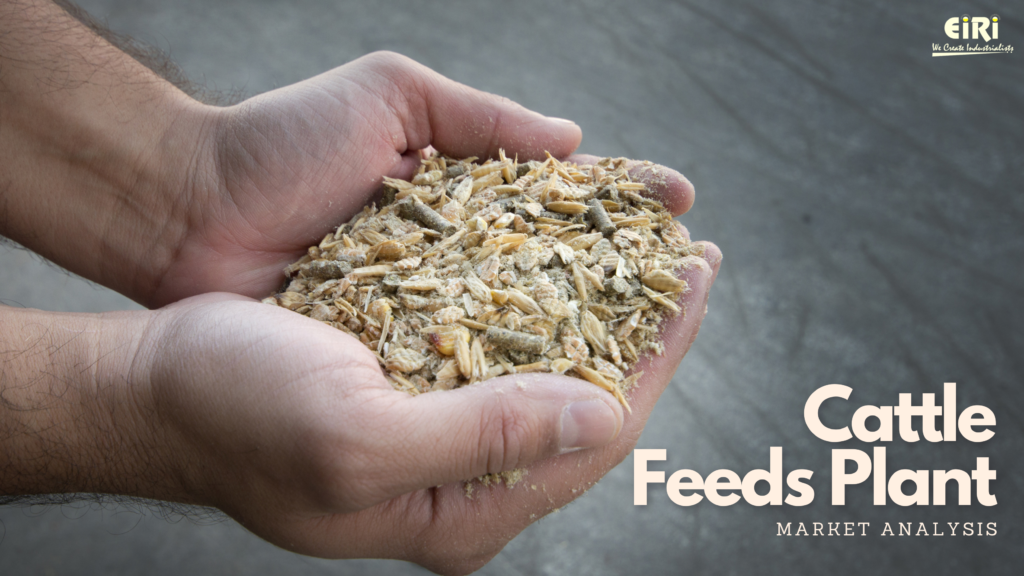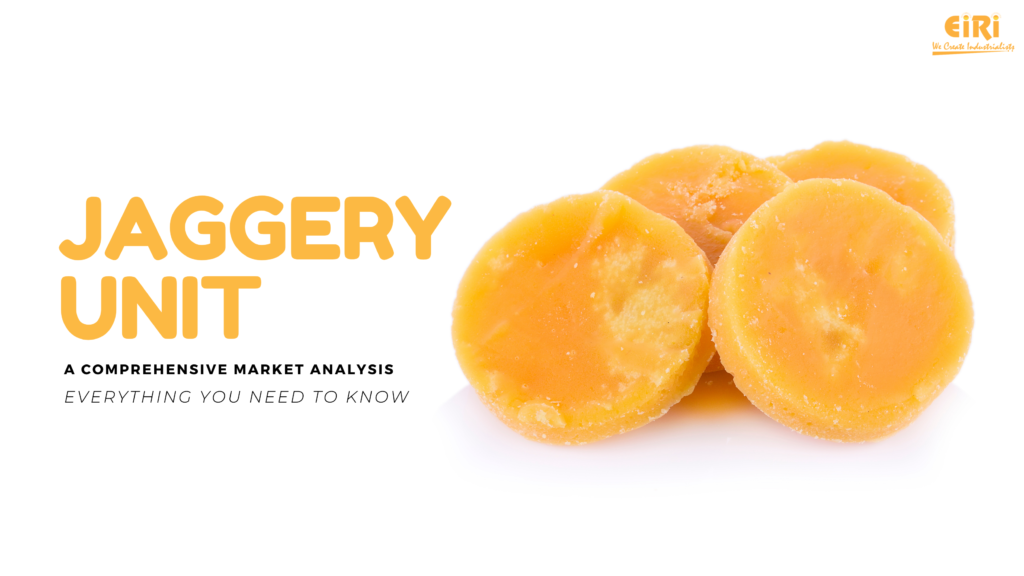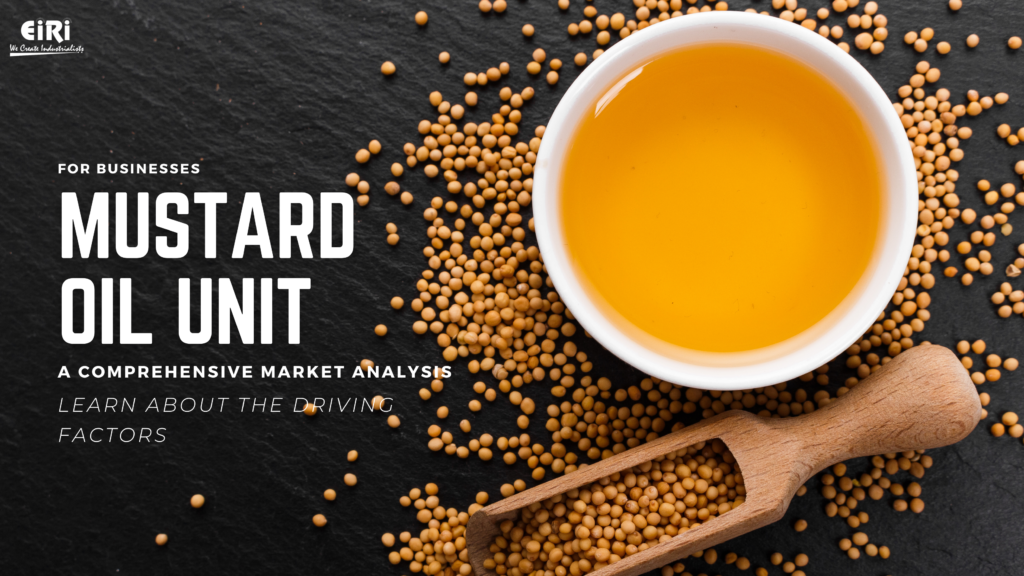Here’s Everything You Need to Know About Sugarcane Juice Preservation
Sugarcane juice is a saviour in the scorching summers. It is nothing but a reward for accepting the summer as a part of life. This delicious street drink of India might alarm a few but, in fact, is refreshingly detoxifying for the body.
With less than 57 calories per 100 ml of sugarcane juice, it provides a large package of nutrients like Vitamin A, B-12, C, iron, carbohydrates, potassium, calcium and a lot more.
Besides, the sugar content in sugarcane is unique, healthy, making it anti-inflammatory and prominently serving as a legitimate detox dose to the body.
Sugarcane juice supports the body by the expedition of toxins and helps in the healthy functioning of the liver and kidneys. Furthermore, sugarcane juice is a great immunity booster because of the presence of strong antioxidants like Vitamin A and C.
Not to forget that a perfect combination of Vitamin B-12 and iron is present in sugarcane juice which is rarely found in veggies; this duo helps in promoting good amounts of haemoglobin, which saves you from becoming anaemic.
The fast-acting sugars in this juice make it an instant energizer. If sugarcane juice is collected and preserved in the right way, it will easily solve the malnutrition problems of our massive population.
The only major drawback with freshly prepared juice is its short shelf life and sensitivity to heat. So, to preserve sugarcane juice, precautions must be taken to keep its benefits and flavour intact.
Here’s all you need to know about sugarcane juice preservation.
METHODS FOR PRESERVATION OF SUGARCANE JUICE.
The main motto behind these preservation techniques is to increase the shelf life of sugarcane juice and keep its freshness intact—this aids in the wide marketing of the juice.
Following are some simple preservation techniques.
1. Pre-Treating the Sugarcane
Freshly made sugarcane juice is olive green in colour, and during the processing of the juice, de-greening (removal of chlorophyll) signs are seen at 25°C and 4° C when in the refrigerator.
The juice extracted from untreated sugarcane is darker in colour when compared to those of treated stems of sugarcane. Colour loss appears due to an increase in a* values in the sugarcane juice. This colour loss of sugarcane juice is prevented significantly by pre-treating the juice by adding citric acid and sulphur dioxide to it during storage.
Subsequently, relatively lower a* values are indicated. During the first five days, browning is in control with an increased a* value. Later on, the juice colour becomes lighter, with lower a* values at room temperature.
This indicates that the chemical and thermal pre-treatments inhibit browning. The addition of ascorbic acid to the juice further helps in the delayed increase of reducing sugar, acidity, and microbes’ count.
2. Using Natural Antimicrobial Agents for Preservation
Nowadays, the demand for natural preservatives is rapidly increasing due to a variety of reasons — they are less costly, easily available, nutritional, and most importantly, they don’t affect our health.
Adding natural preservatives like salt, sugar, ginger, lemon to the juice not only helps for taste enhancement but also facilitates a prolonged shelf life and freshness.
These preservatives are antimicrobial. The phenolic components present in them are very useful to maintain a lower pH and inhibit the growth of the notorious microbes that cause juice deterioration.
3. Using Chemical Antimicrobial Agents for Preservation
After many trials and errors of experiments, the best way that turned out to be useful for the preservation of sugarcane juice was pasteurization at 90°C for 5 minutes and storage at 4°C in the refrigerator.
This way, the taste and quality of the juice are significantly enhanced. Moreover, a reduced microbial count is seen. Another viable experiment in this regard corresponds to adding a chemical preservative named sodium metabisulphite at both 500ppm and 1000 ppm.
4. Thermal Treatment for Preservation
At 85°C for 10 minutes, sugarcane juice is treated, and fresh lime juice is added. Three successive treatments are involved. In the first treatment, the juice is stored in glass bottles.
In the second set, 40 ppm of ascorbic acid, 120 ppm of sodium benzoate and 120 ppm of potassium sorbate are added.
In the third set of treatment, 0.4 ml of cinnamon oil is added.
Finally, the treated juice is bottled, and pasteurization is done at 85°C for 10 min and then stored.
By usage of chemical preservatives, it is expected that the shelf life of sugarcane juice is increased up to 45 days.
However, the pasteurized juice with no additional added preservatives also increases the juice’s shelf life for up to 20 days.
5. Non-Thermal Treatment for Preservation
Non-thermal techniques for the preservation of sugarcane are the best and lengthen the shelf life by retaining its nutritional qualities.
Some promising techniques like HHP (High Hydrostatic Pressure) treatments, Pulse Electric Field and gamma irradiations are found effective for sugarcane juice preservation for this matter.
6. The Hurdle Technology
The hurdle effect works by combining several approaches. This technique is a method of making sure that microbes in food products are eliminated or controlled.
The most important hurdles are temperature, water activity, acidity, antioxidant activity and suitable preservatives.
By combining gamma radiation with suitable preservatives and low temperatures, sugar cane juice can be preserved for about 30 days.
Storage of juice in PET (polyethylene terephthalate) and glass bottles are found to be more effective in increasing shelf life when compared to LDPE pouches.
Conclusion
Though sugarcane juice is a trendy street drink in India, it is rarely available in packaged form. If preserved right, it can meet the nutritional demands of people because of the amazing health benefits it constitutes.
That said, businesses can try adopting one of the aforementioned methods as per their preferences to cater to a wider audience. In all honesty, sugar cane preservatives can massively assist in marketing the juice all across the country — an opportunity that you wouldn’t want to miss.




